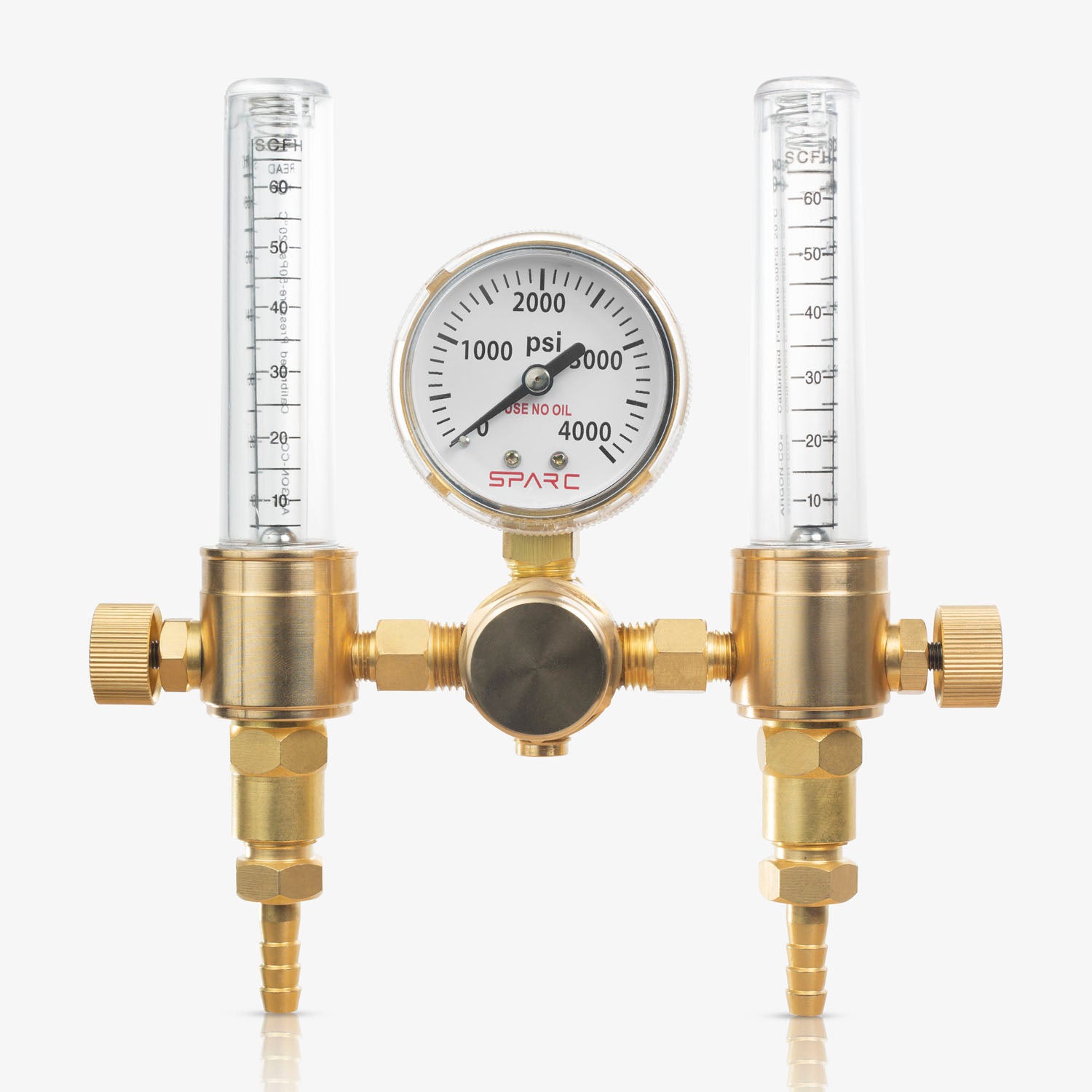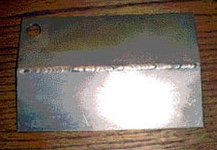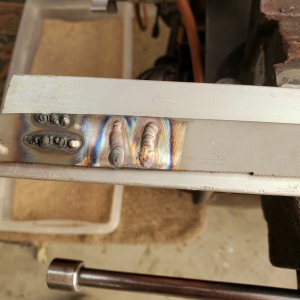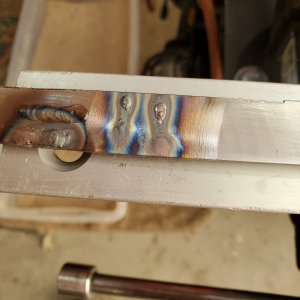- Joined
- Oct 7, 2020
- Messages
- 2,115
So playing around with some unknown Stainless steel. I have welded some thicker stainless steel before without any issues, ok well at least without the black blobs on the backside. I don't have any way of purging the back side. But what is causing those big dark lumps? I didn't keep track of the exact amps I was using. But low amps between 35 and 50 amps. 1/16" materal, 1/16 tungsten, #6 cup, 15 cfm argon and 1/16 filler rod.
Front side
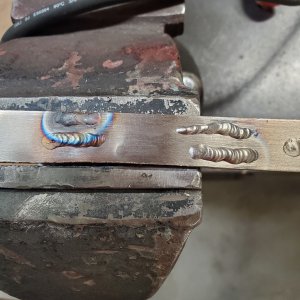
Back side
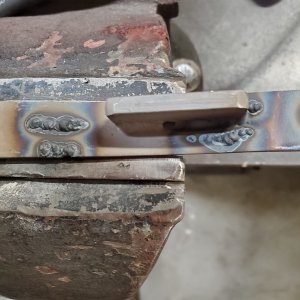
35 Amps no filler rod
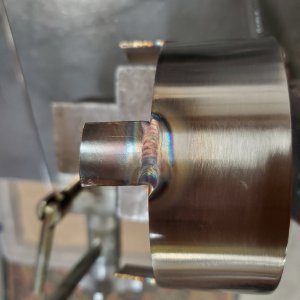
Back side, no filler.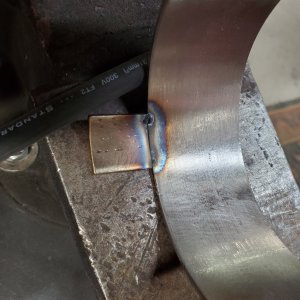
Tim
Front side

Back side

35 Amps no filler rod

Back side, no filler.

Tim


